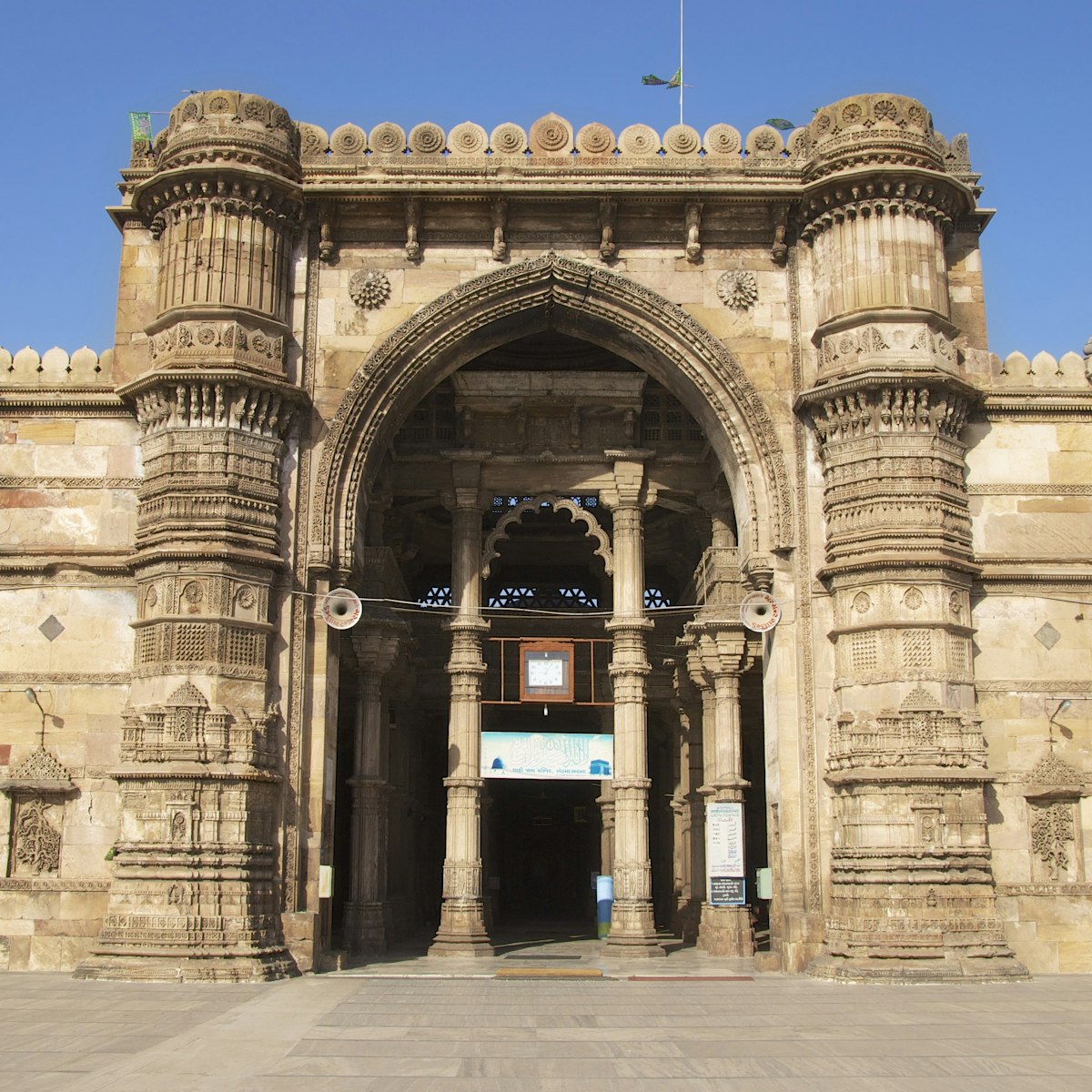In peaceful, shady grounds on the Sabarmati River’s west bank, this ashram was Gandhi’s headquarters from 1917 to 1930 during the long struggle for Indian independence. It’s said he chose this site because it lay between a jail and a cemetery, and any satyagrahi (nonviolent resister) was bound to end up in one or the other. Gandhi’s poignant, spartan living quarters are preserved, and there’s a museum that presents a moving and informative record of his life and teachings.
It was from here, on 12 March 1930, that Gandhi and 78 companions set out on the famous Salt March to Dandi, on the Gulf of Cambay, in a symbolic protest, with Gandhi vowing not to return to the ashram until India had gained independence. The ashram was disbanded in 1933, later becoming a centre for Dalit welfare activities and cottage industries. After Gandhi’s death some of his ashes were immersed in the river in front of the ashram.
It’s about 5km north of Lal Darwaja. An autorickshaw from the city centre is about ₹50.


